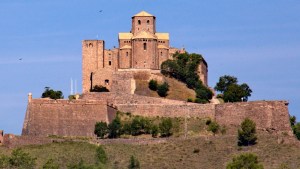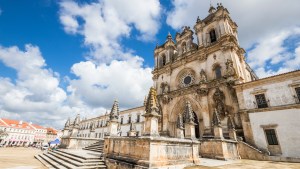The Cistercian Route is a pilgrimage path crossing the south of Catalonia, Spain, that invites travelers to explore the heritage of the Cistercian Order. This route, also known as the GR-175, covers more than 100 kilometers (62 miles) and connects three great historic monasteries: Santa María de Vallbona in Urgel, Santa María de Poblet in Cuenca de Barberá, and Santes Creus in Alto Campo.
Created in 1989 to promote tourism in these regions, the Cistercian Route offers a unique blend of spiritual, historical, and cultural experiences, suitable for both hikers and cyclists.
Founded in 1098 by Robert of Molesmes at the Abbey of Cîteaux near Dijon, France, the Cistercian Order emphasizes asceticism, liturgical rigor, and manual labor. It flourished under the influence of Bernard of Clairvaux, and is now divided into the Common Observance and Trappist orders.
The monasteries along the route represent the lasting legacy of this spirituality, which played a crucial role in Christianizing and defending the region as other influences (both religious and political) waned during the Middle Ages.
Santa María de Poblet
Founded in 1150, this monastery is a UNESCO World Heritage Site, famous for its magnificent cloister and wooded surroundings. It served as the royal pantheon for the Crown of Aragon in the 14th and 15th centuries. The nearby town of Espluga de Francolí offers attractions such as the Museum of Rural Life and the famous Celler Cooperatiu, a modernist winery.
Santa María de Vallbona
This is surely the most important Cistercian monastery in Catalonia, founded in the 12th century. It reached its zenith in the 14th century and has endured several conflicts over the centuries. Today, it remains a vibrant center of monastic life.

Santes Creus
This monastery, founded in 1168, is another important stop on the route. It became a royal mausoleum, housing the tombs of prominent figures such as Peter III of Aragon and James II. The journey from Santes Creus to the picturesque village of Prenafeta takes travelers through a variety of landscapes, from the rugged hills of Forès to the serene valleys of Figuerola.

The Cistercian Route is a true pilgrimage through time, offering glimpses of the spiritual and cultural richness of Catalonia. Each monastery, with its unique history and architectural splendor, is a testament to the enduring legacy of the Cistercian Order. Whether you’re seeking spiritual renewal, historical insight or simply a peaceful retreat this summer, the Cistercian Route promises a journey that enriches the soul and inspires the mind.



